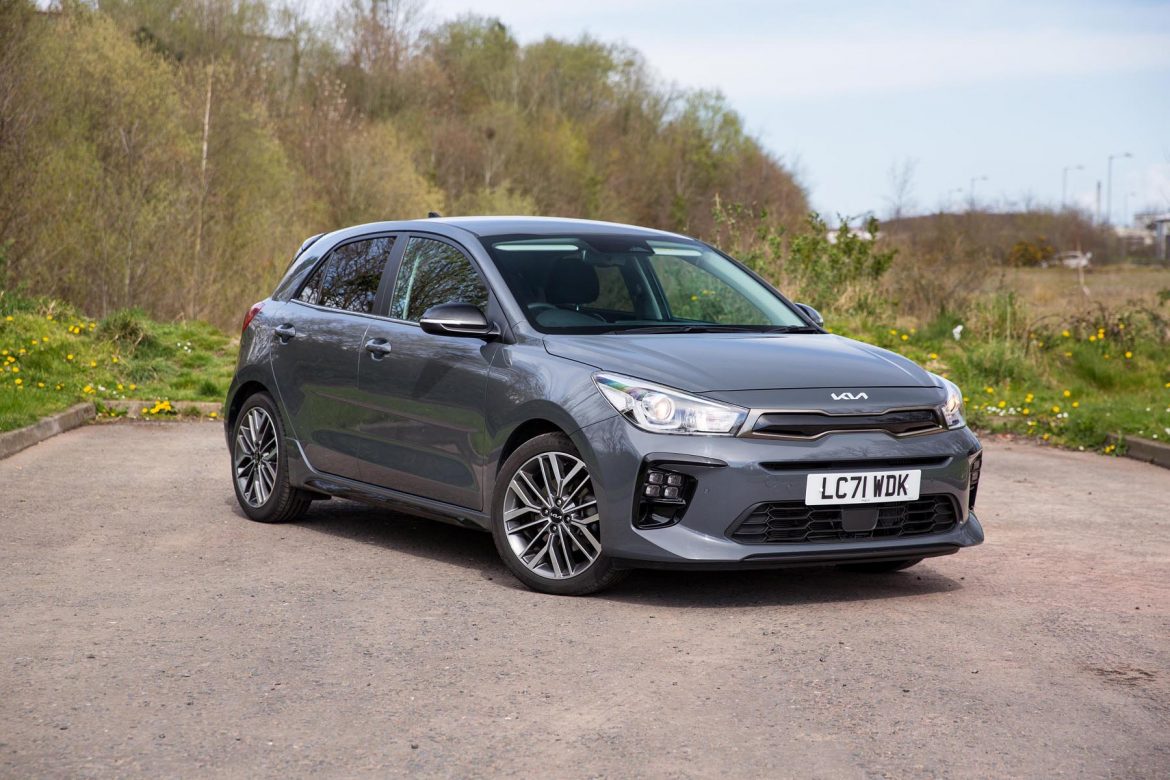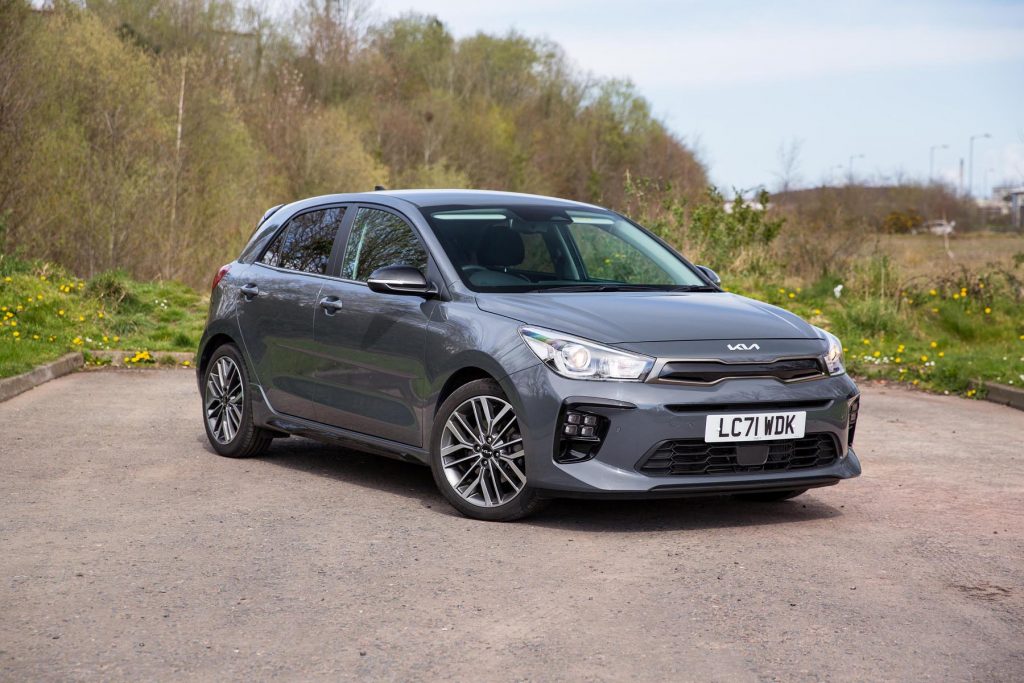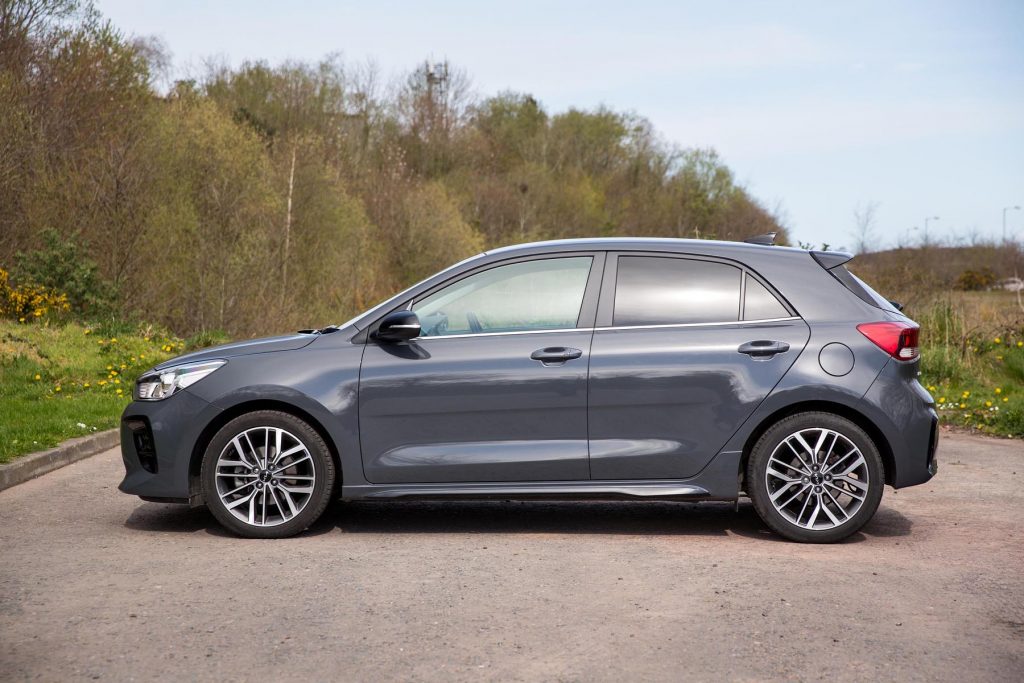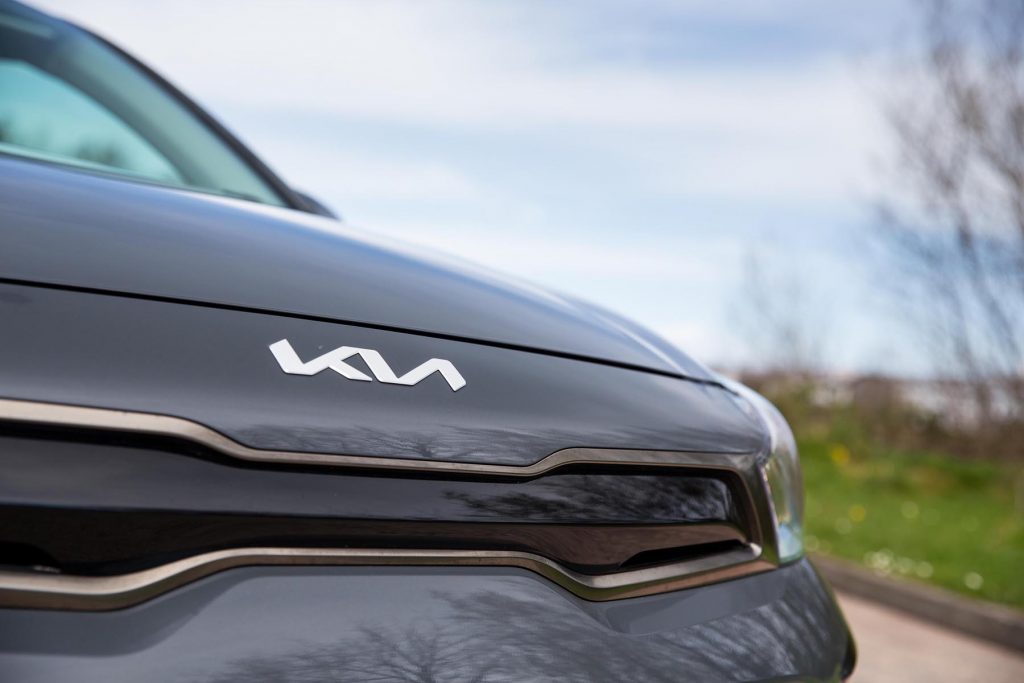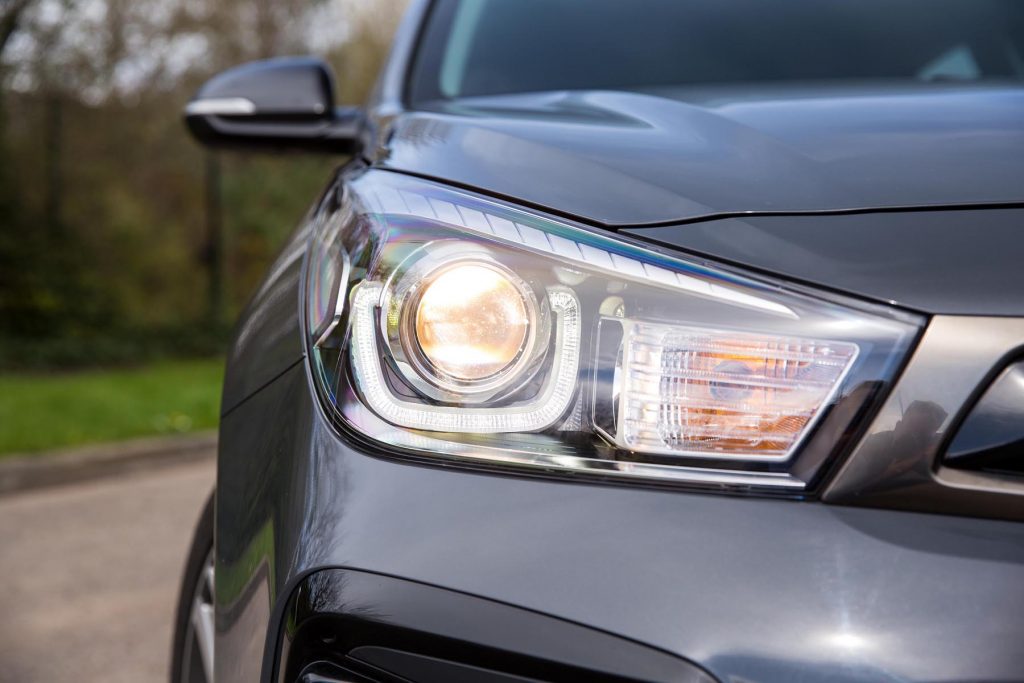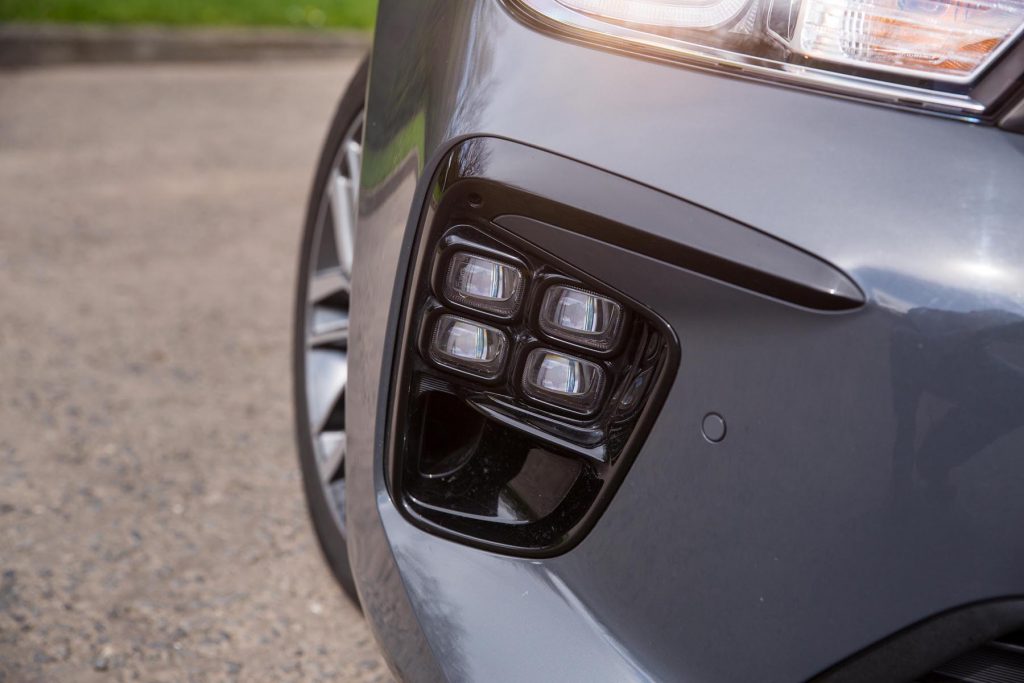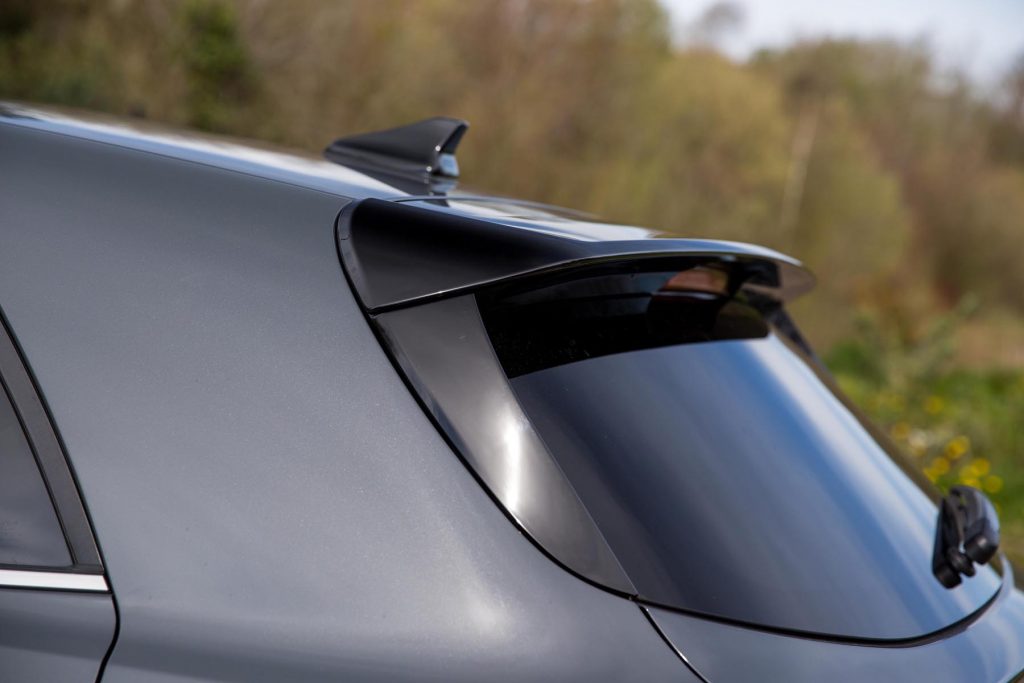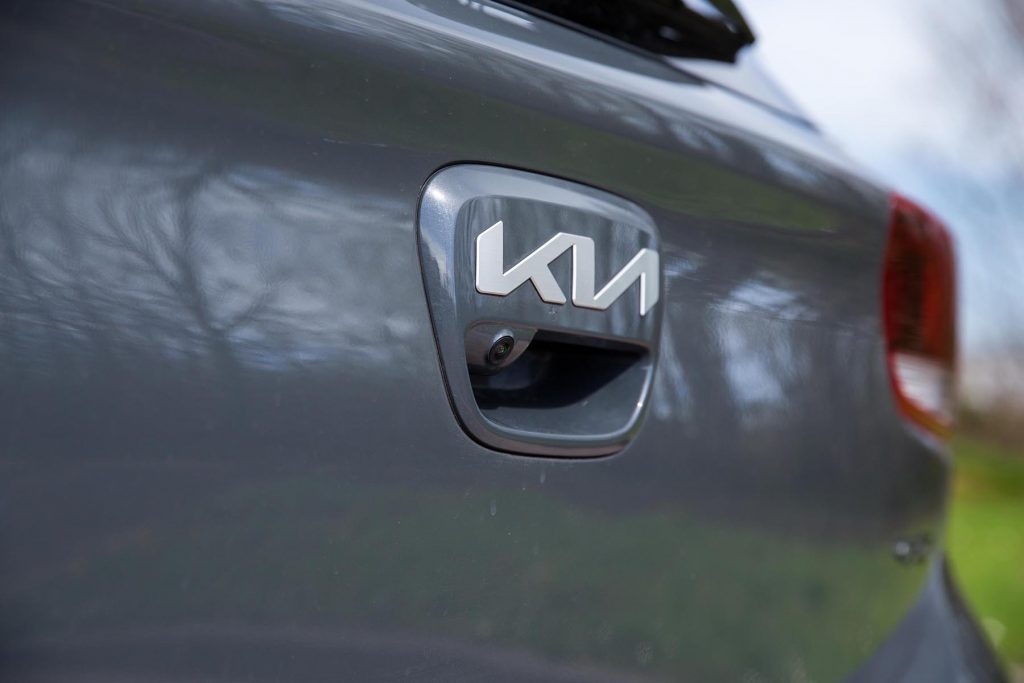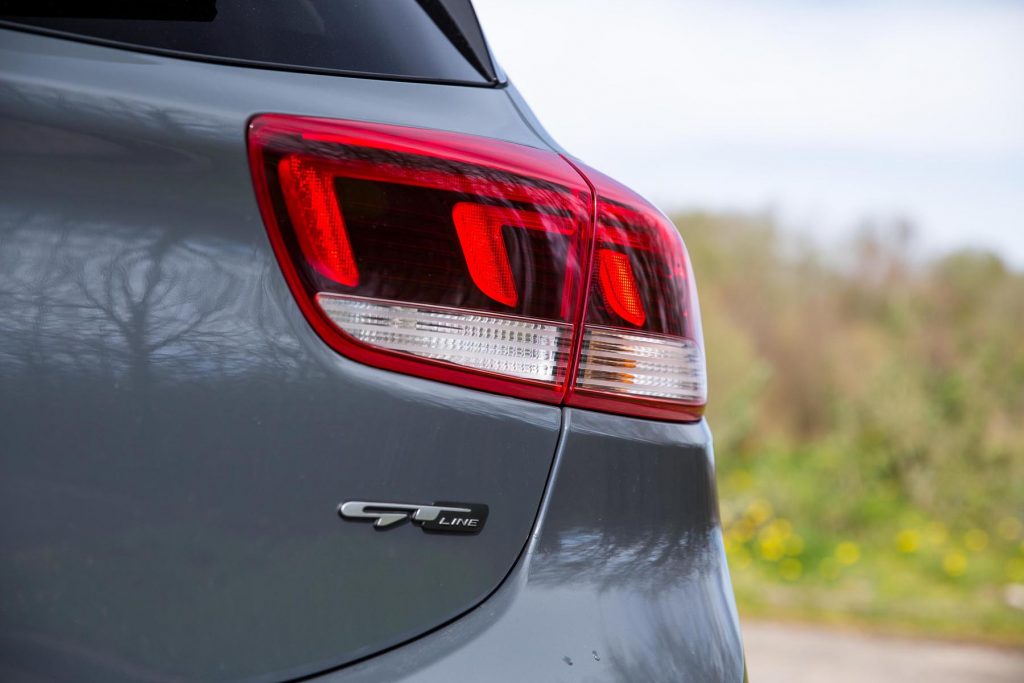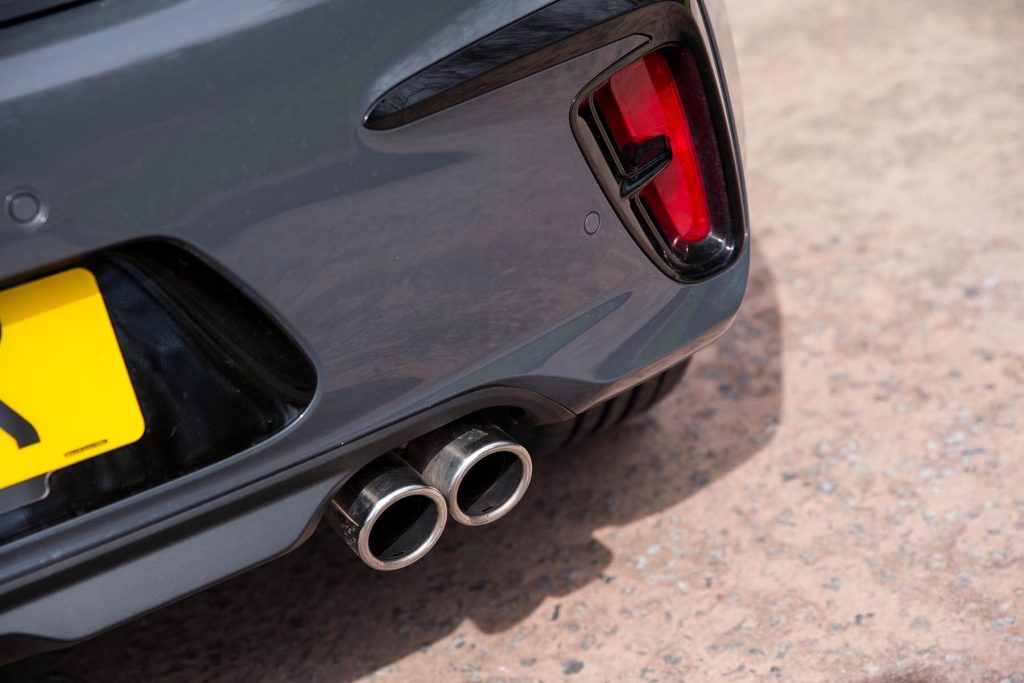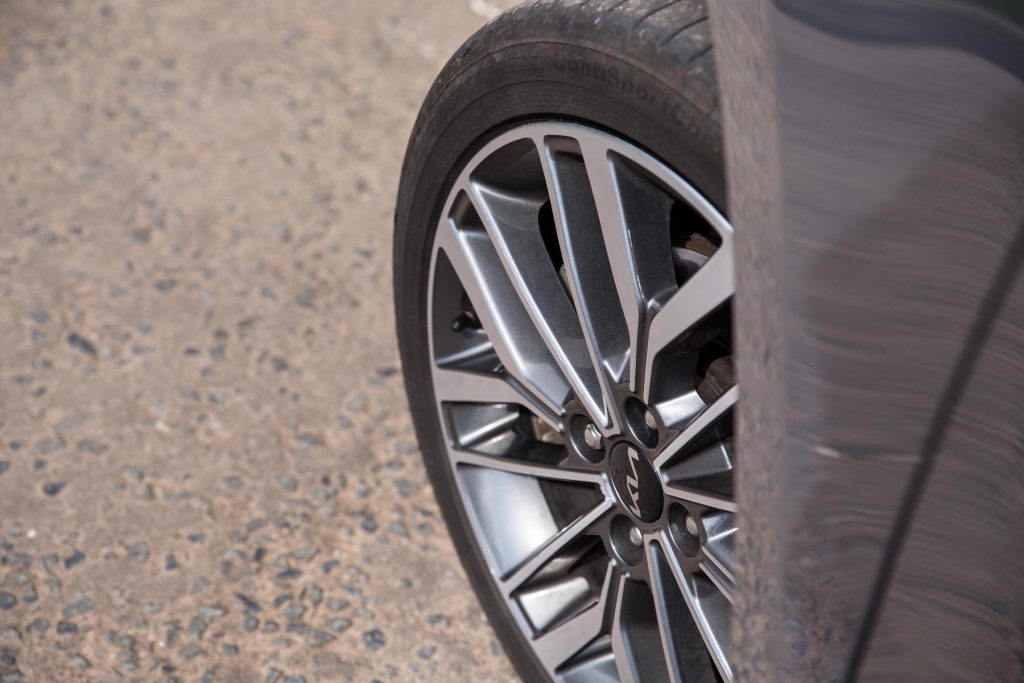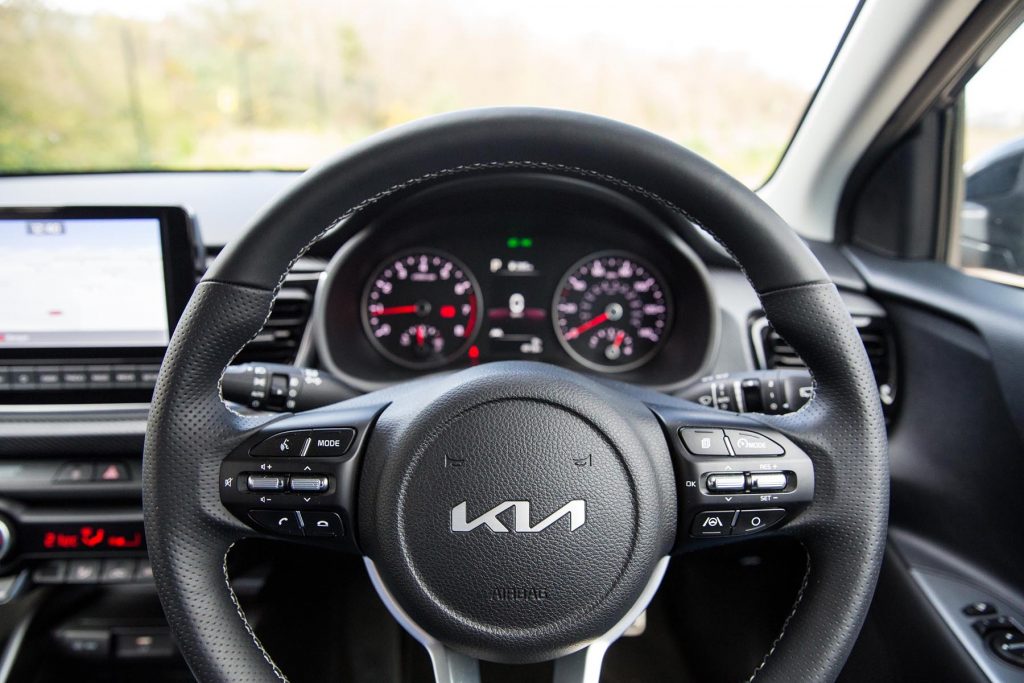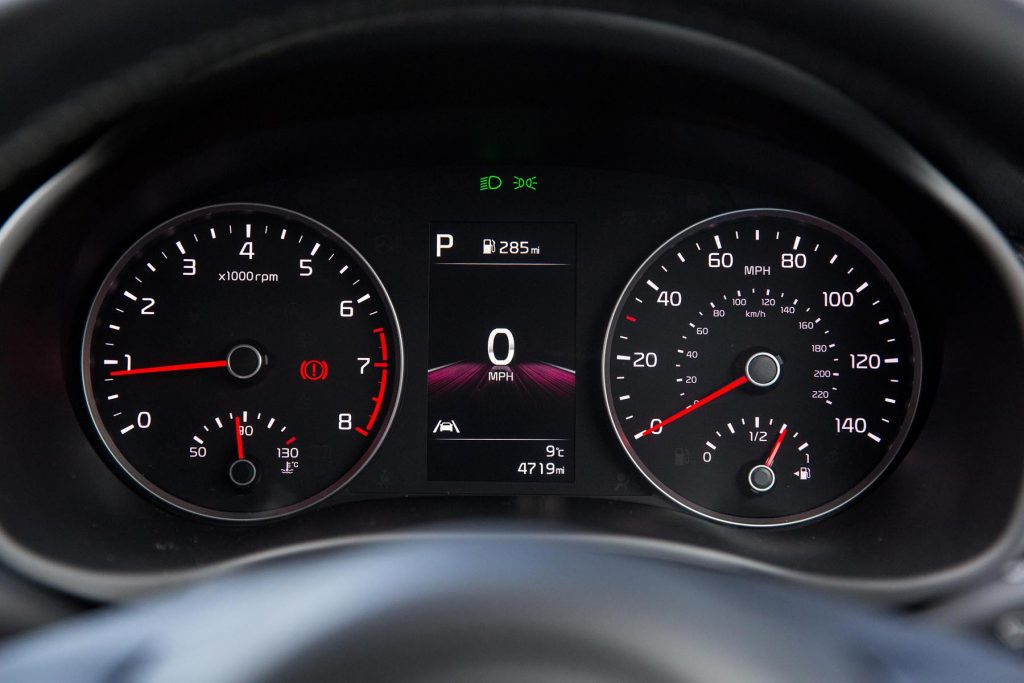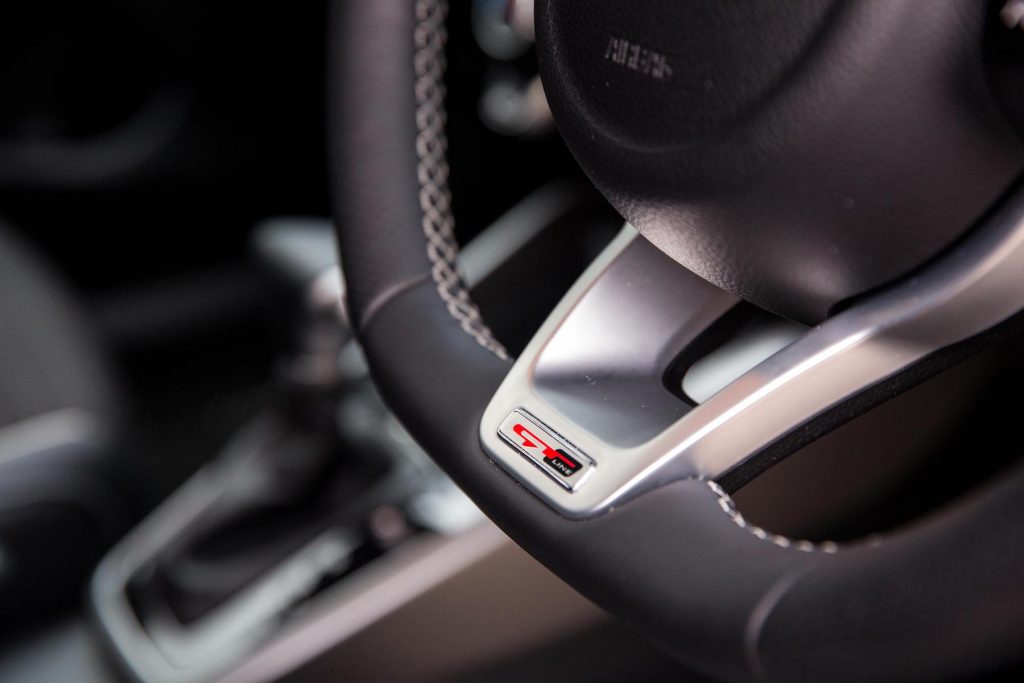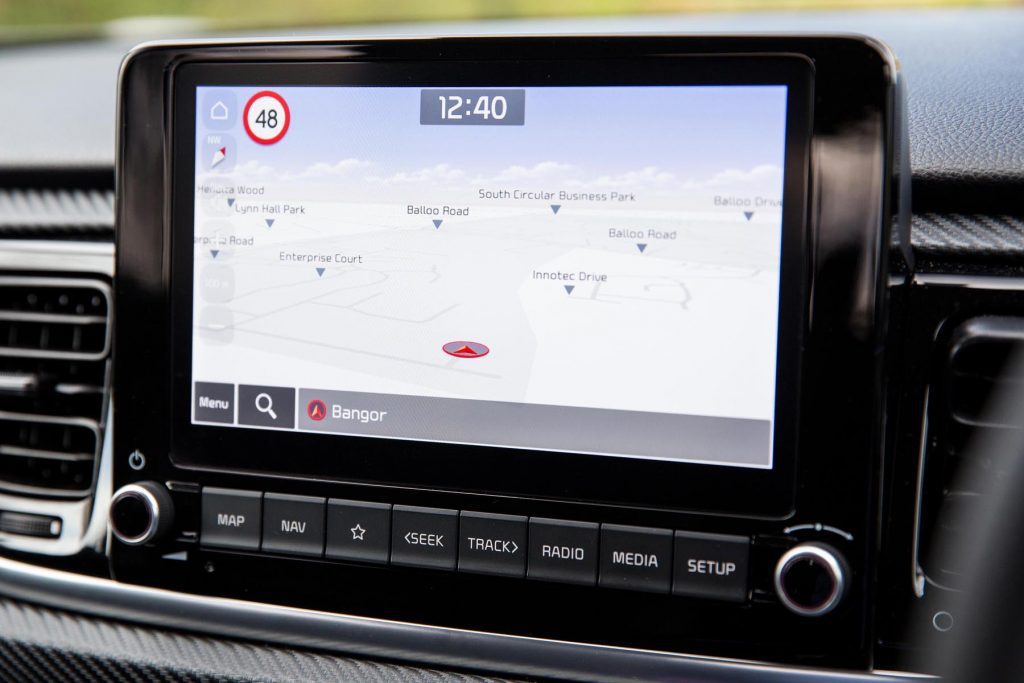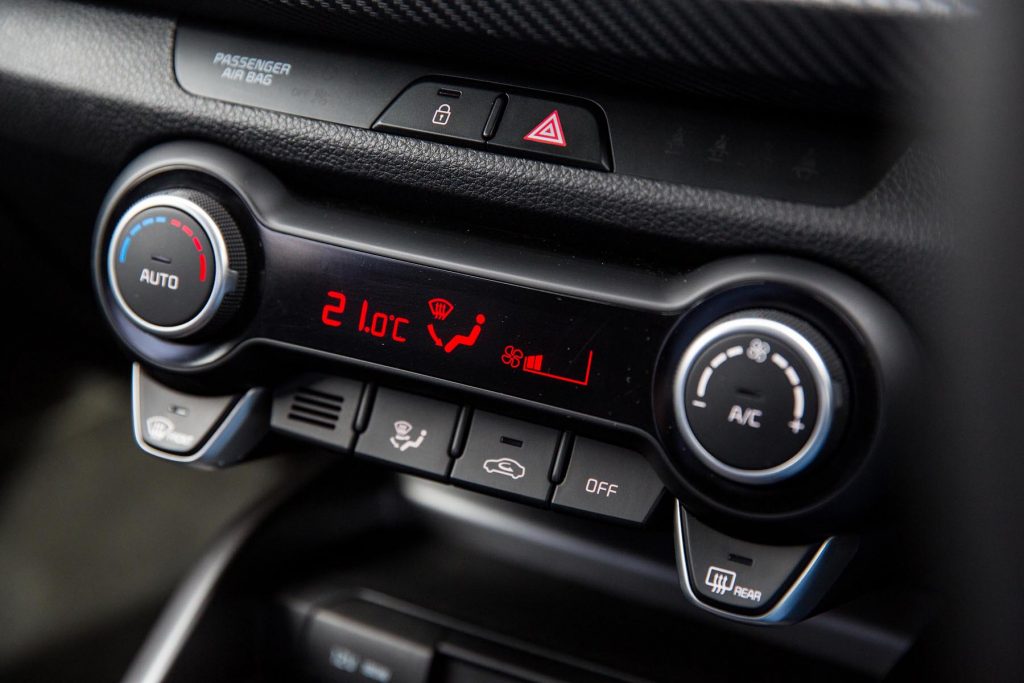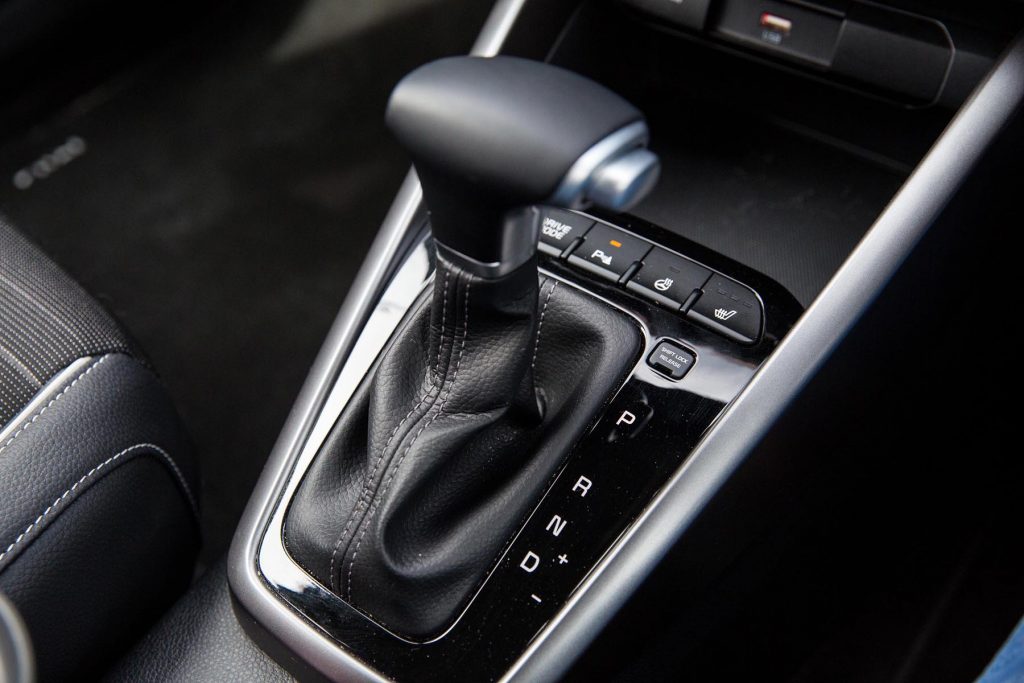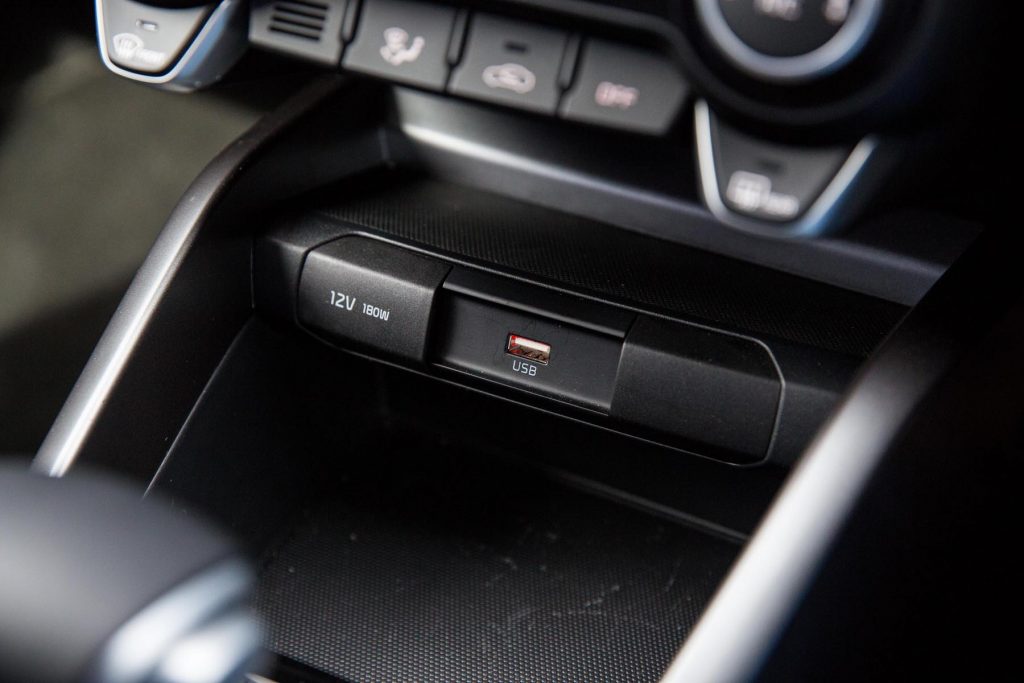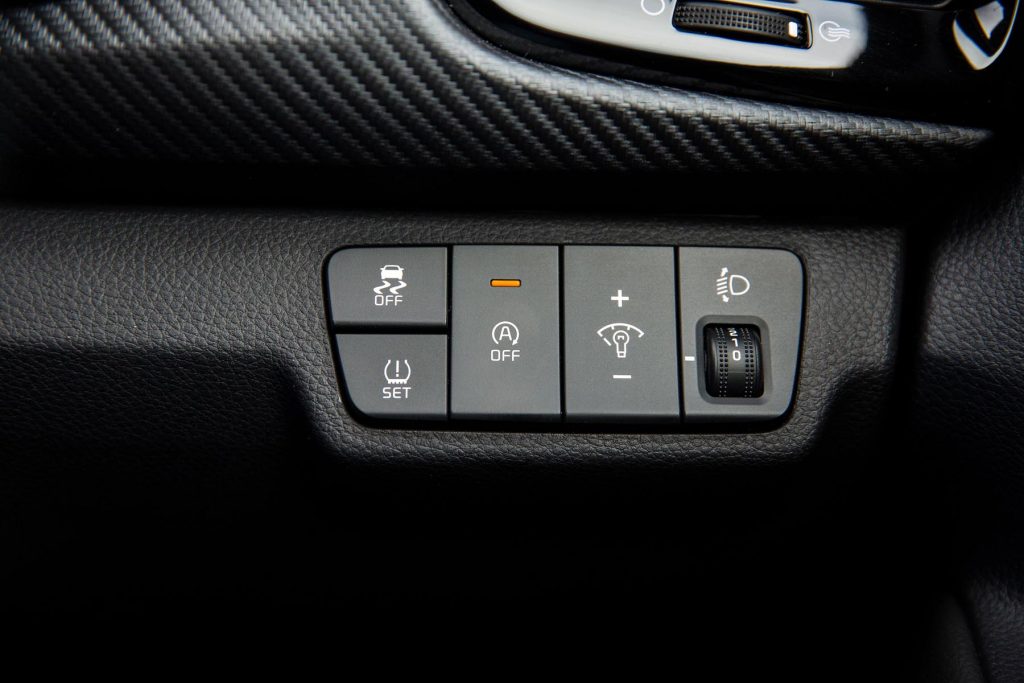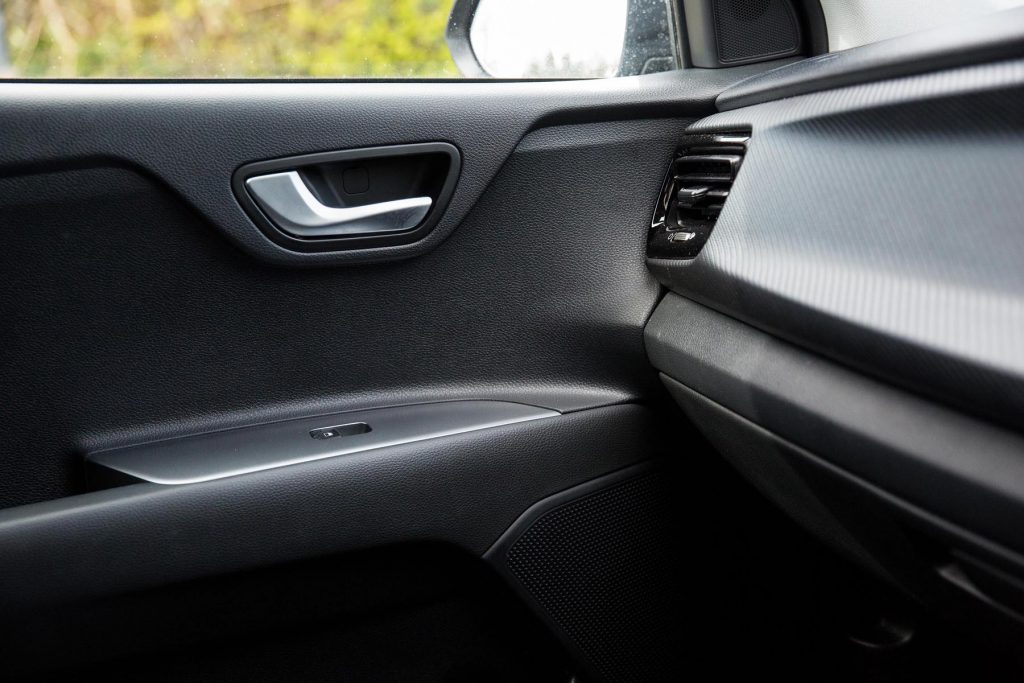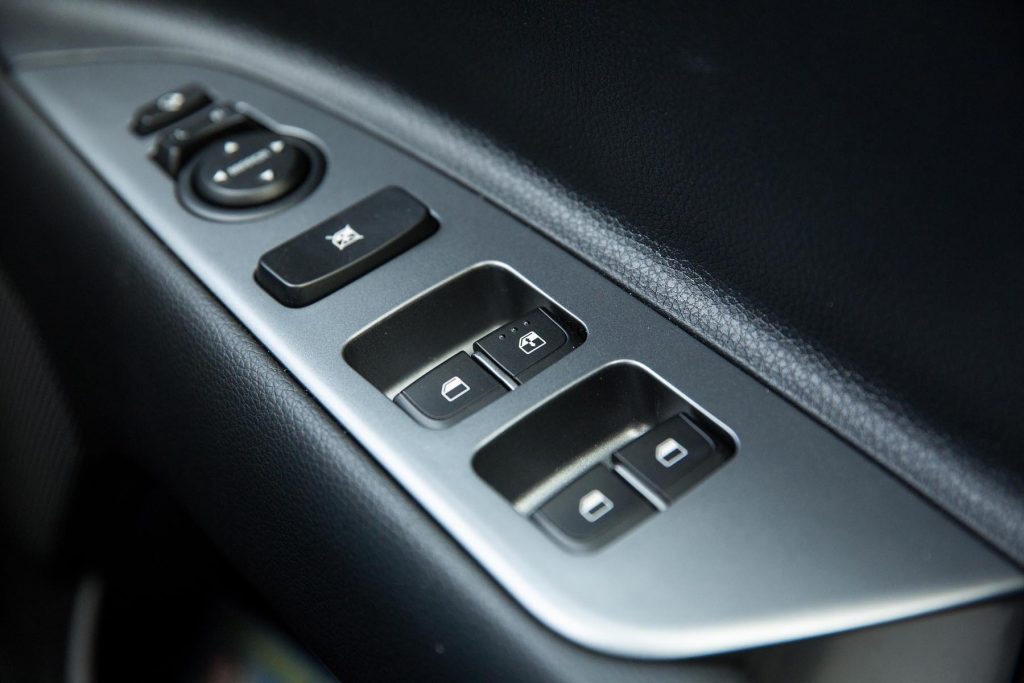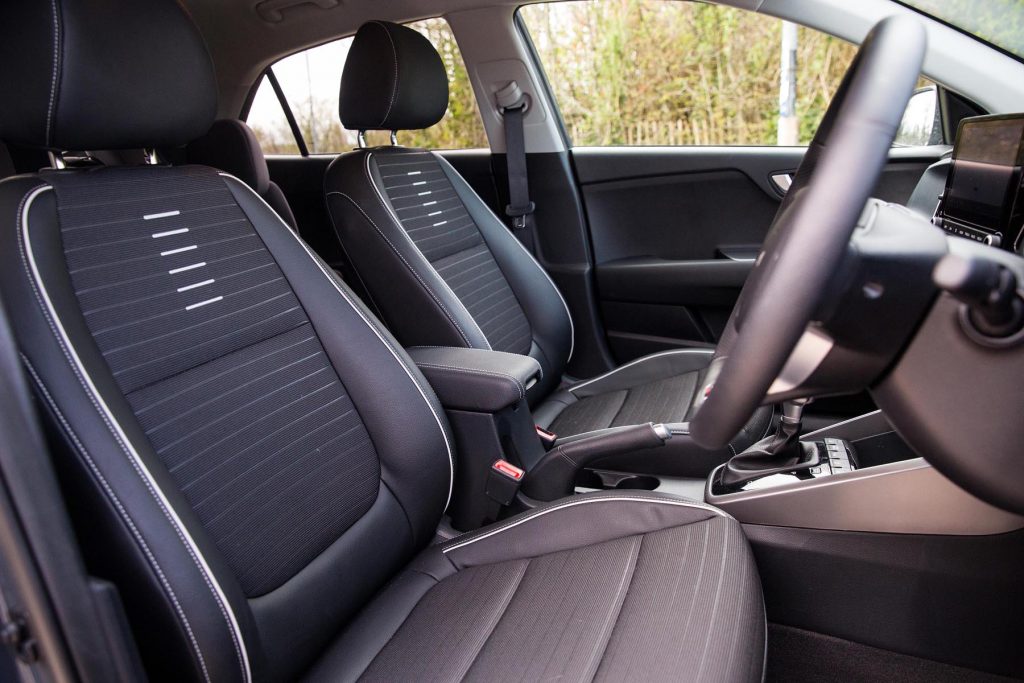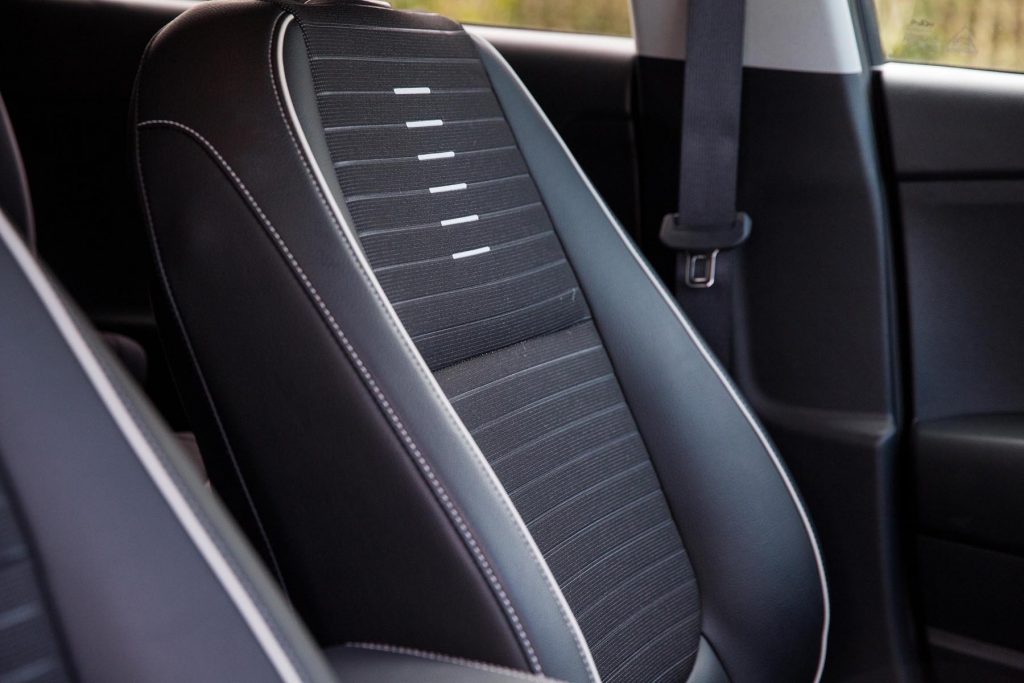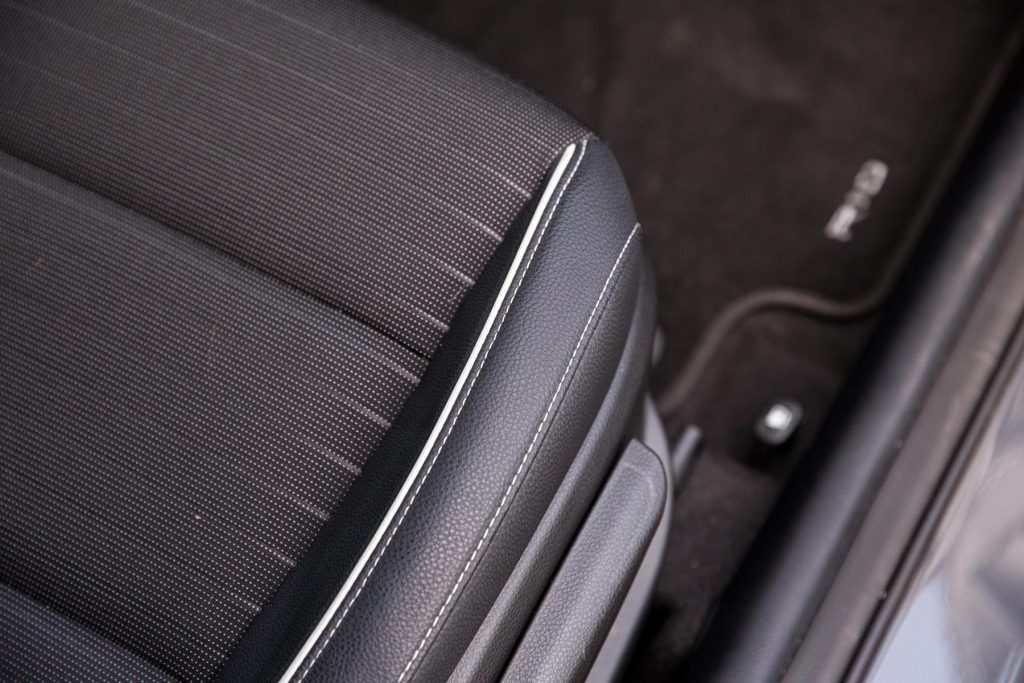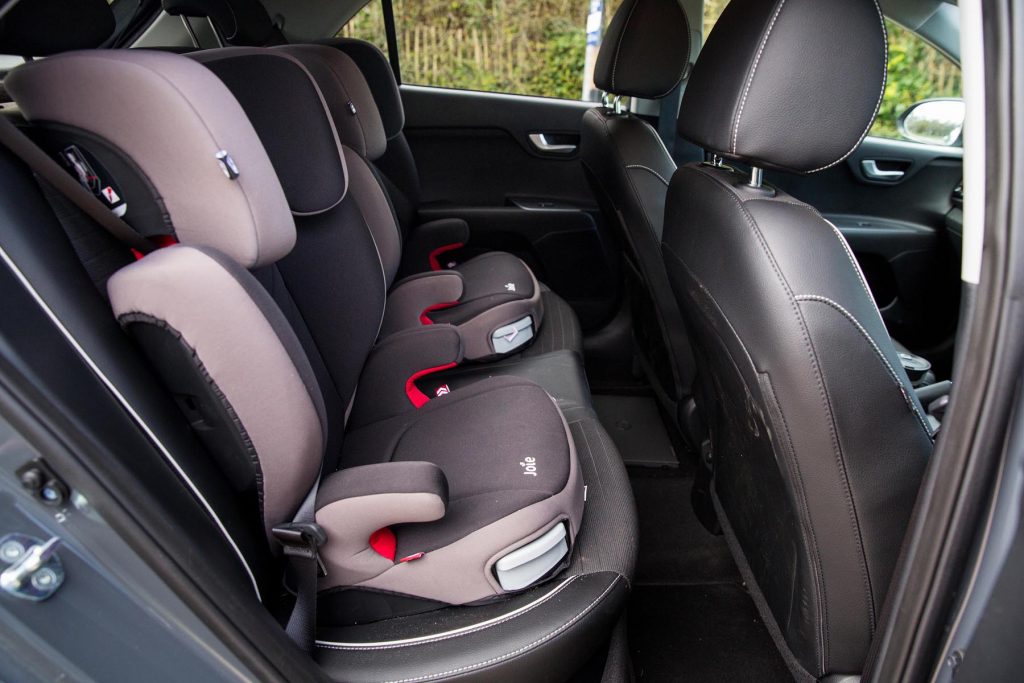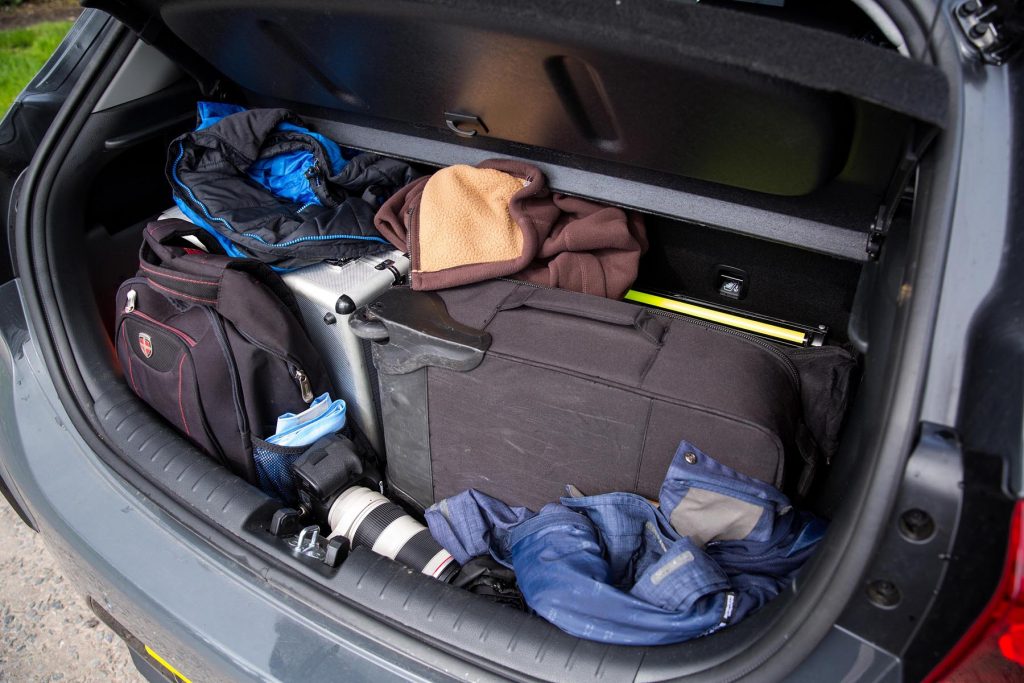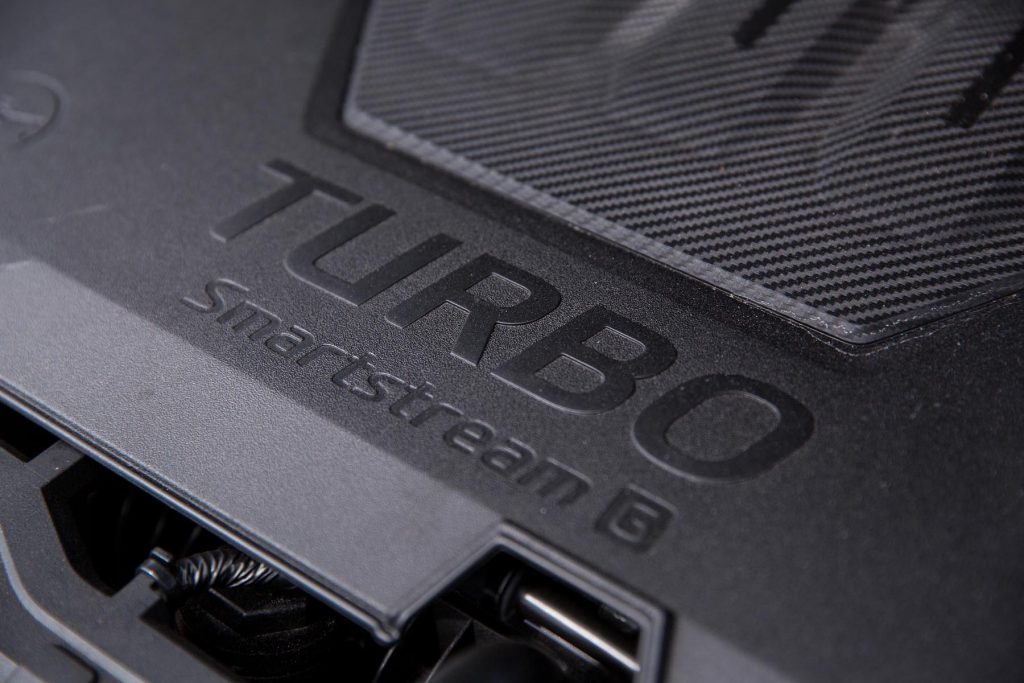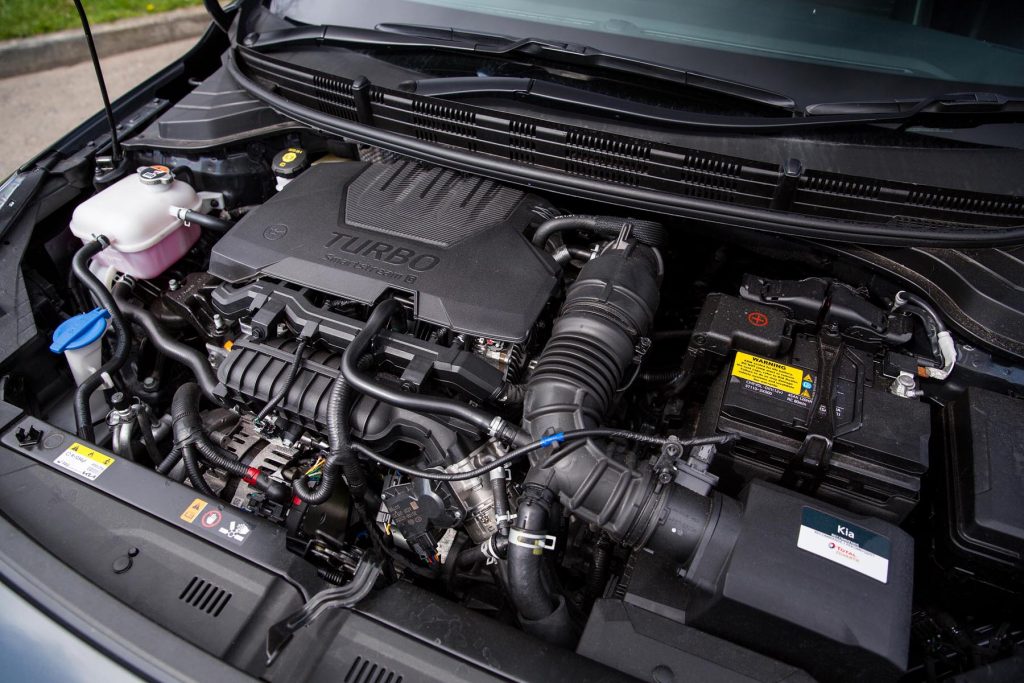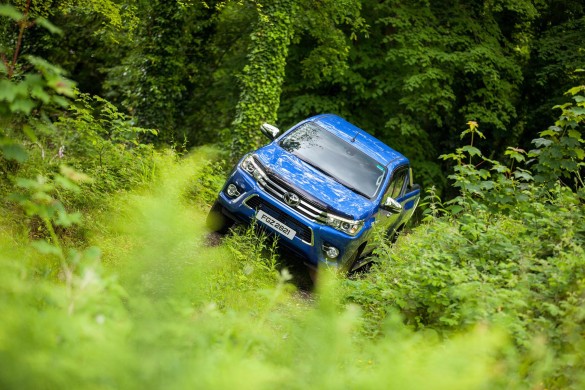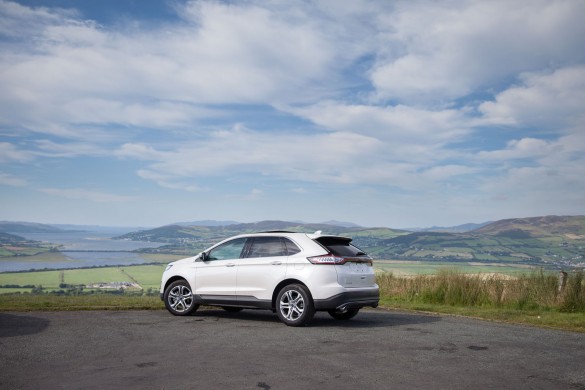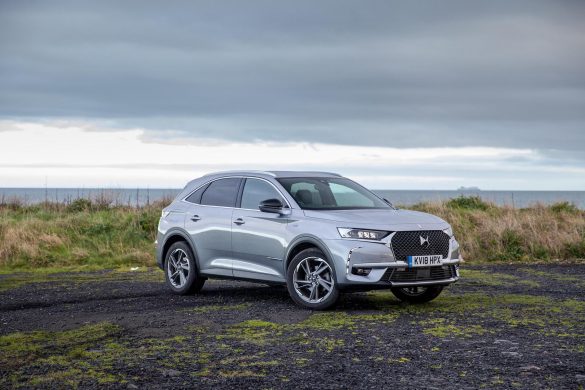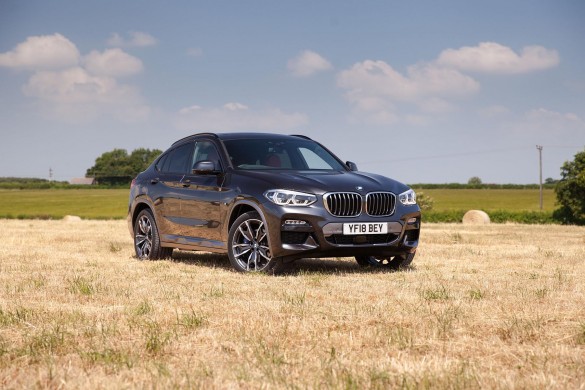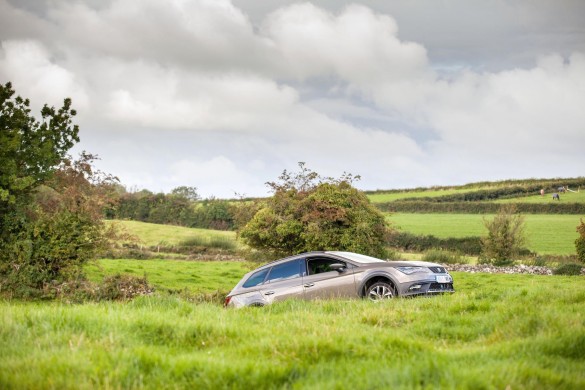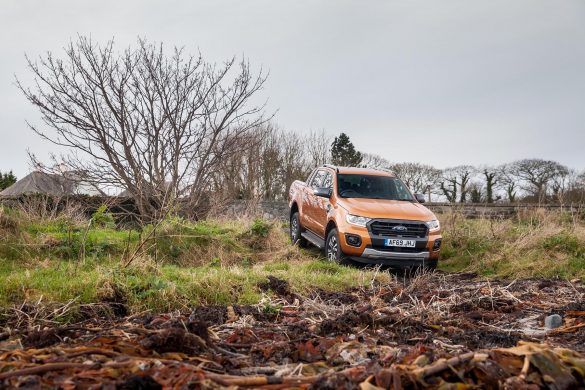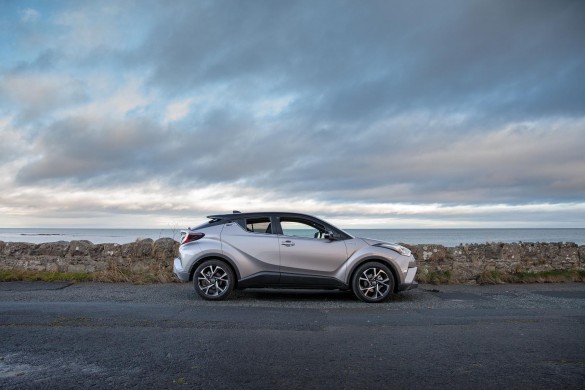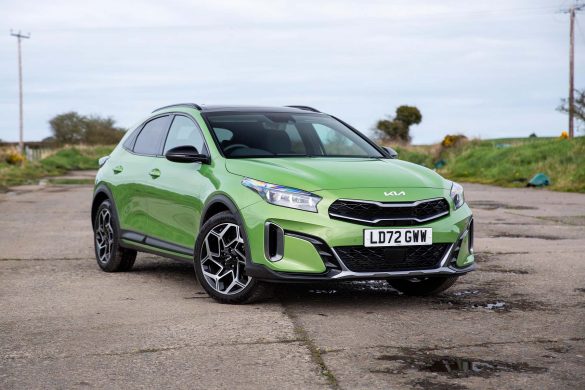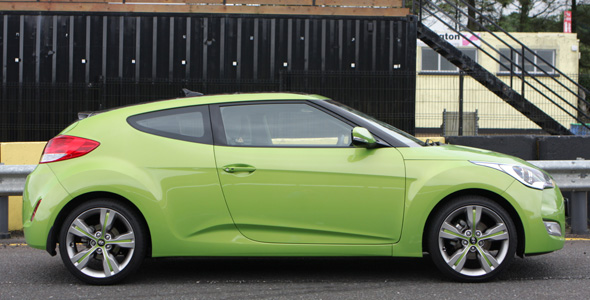With an unrivalled warranty, grown-up looks and commendable economy, can the Kia Rio put up a fight against some well established rivals such as the Vauxhall Corsa? I was given the chance to find out during a week spent with the car pictured, which comes in at almost £22,000.
This may look like a lot of money, and indeed the Kia is priced £2,500 more than the highest spec Suzuki Swift. However, it is around £2,000 cheaper than the Vauxhall which has been a best-in-class seller for years.
The Rio range starts from a much more affordable £16,150 and standard equipment on the ‘Rio 1’ includes air conditioning; 3.8-inch monochrome audio display with DAB radio; remote central locking; steering wheel mounted controls; front electric windows; electrically adjustable, heated door mirrors; front USB charger port and Bluetooth with music streaming.
Priced from £17,500 is a ‘Rio 2’ which adds 15-inch alloy wheels; Bi-Function projection headlights with LED daytime running lights; cruise control and speed limiter; 6-speaker audio system; 8-inch touch screen display; reversing camera system with dynamic guidelines; lane follow assist and rear parking sensors.
A ‘Rio 3’ starts from £20,800 and adds 16-inch alloy wheels; rear privacy glass; black faux leather upholstery; heated front seats and steering wheel; automatic air conditioning and an integrated navigation.
The range topping ‘Rio GT-Line S’ starts from £21,800 and adds 17-inch alloy wheels; smart key with engine start/stop button; blind spot collision warning; LED ‘Ice-Cube’ front fog lights and LED rear fog light.
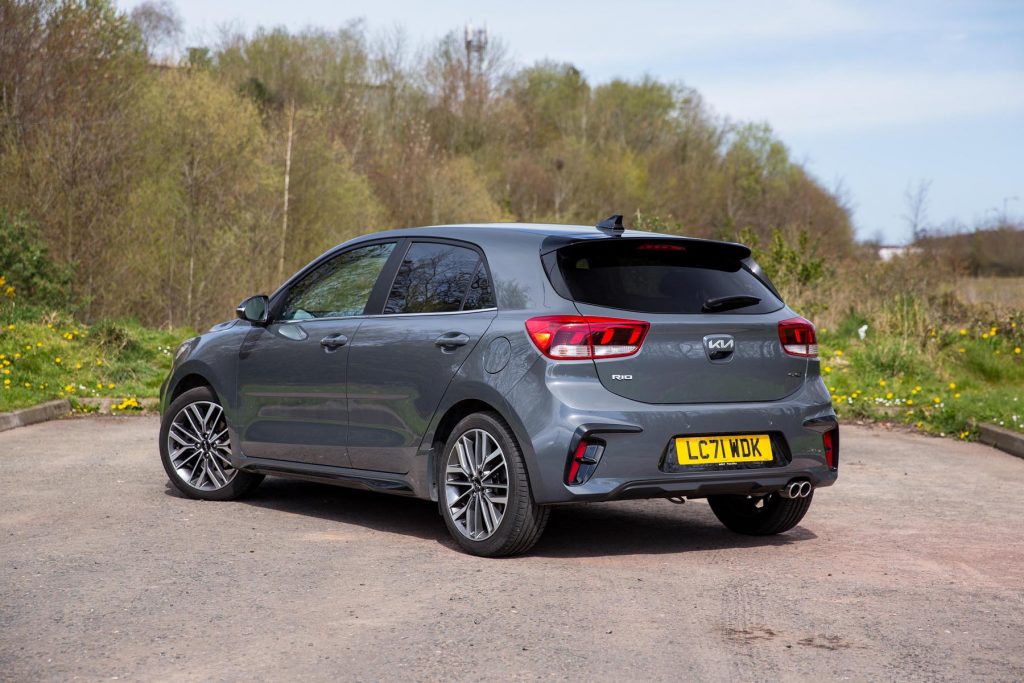
Depending on trim, there are a few engine options available, all of which are petrol based and start with a 1.2-litre DPi which produces 83bhp / 121Nm and is equipped only with a 5-speed manual gearbox.
The most popular choice is likely to be the 1.0-litre, turbocharged T-GDi which produces 99bhp / 172Nm and is available with either a 6-speed manual or 7-speed automatic DCT ‘box.
This engine can also be accompanied on the higher spec models with a mild-hybrid 48V lithium-ion battery increasing its power to 118bhp / 172Nm when paired with a 6-speed manual ‘box. The torque figure increases too 200Nm when equipped with the 7-speed automatic DCT ‘box.
Circa 45mpg should be expected no matter what combination of engine and transmission you opt for, with a claimed over 53mpg achievable. The Kia Rio is a decent looking car, especially in GT-Line S trim, putting it on par with more expensive rivals when it comes to the beauty pageant.
Inside the cabin is where the Kia is let down slightly in direct comparison. Despite being solid and incredibly well screwed together, it lacks the quality feel of some rivals. It’s not too dissimilar to the more affordable Suzuki in terms of the materials used.
Given that the Rio is a supermini, I wasn’t expecting much in terms of boot storage. But, to my surprise, it absorbed all of my camera and lighting equipment with enough room left for a few coats.
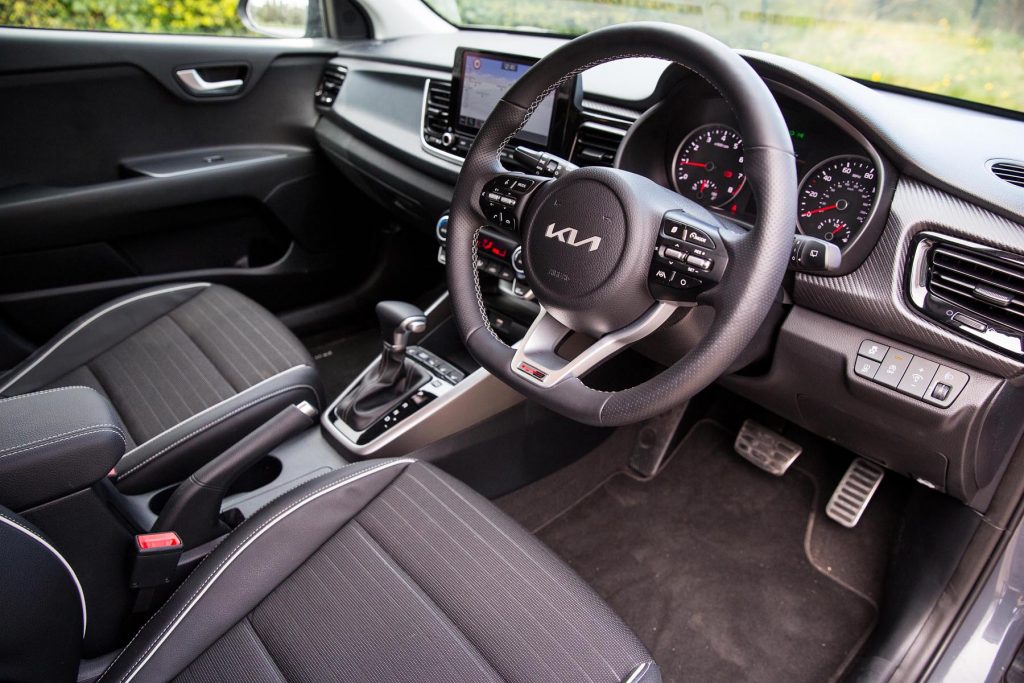
ISOFIX stage 2/3 seats fitted in the rear with ease, but for anything other than a city commute, it’s not really suited for four adults. Up-front the seats offer enough support and comfort. All of the cars controls within easy reach.
On the road the Kia Rio proves to be nippy around town, especially when equipped with the 7-speed DCT gearbox. It is very much a no thrills experience, but it does everything asked of it without a fuss.
Kia offer a 7-year / 100,000 mile warranty with servicing to be carried every 12 months / 10,000 miles, whichever comes sooner.
Words and Photos: GRAHAM BAALHAM-CURRY
[Images must not be used in any way without prior written consent of the photographer]
